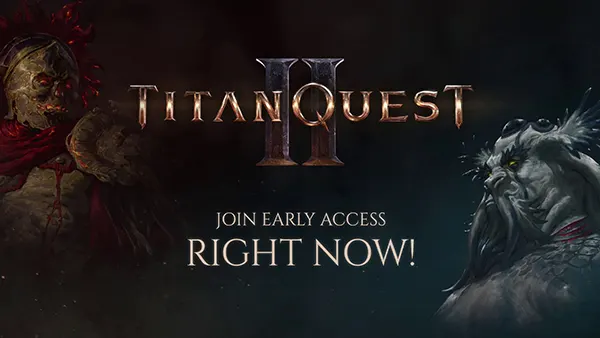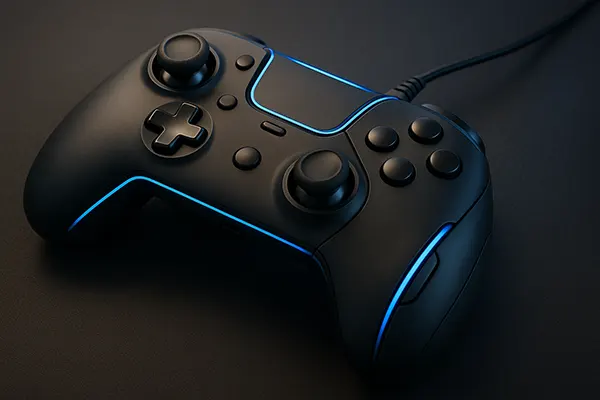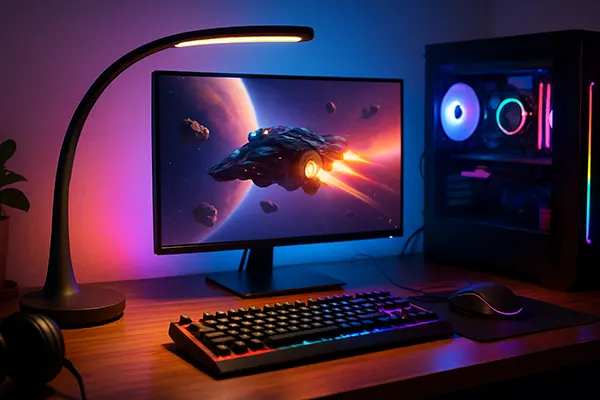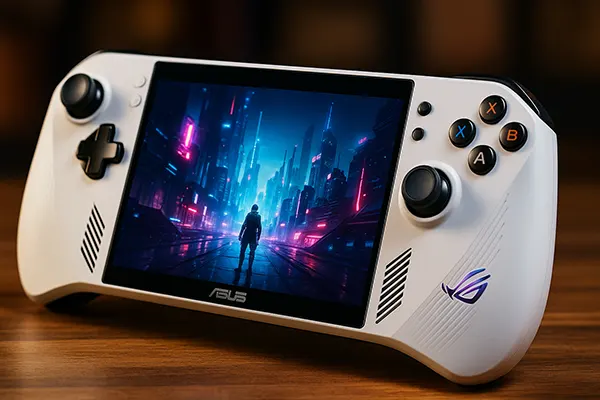
ROG Xbox Ally: the Future of Handheld Gaming from Asus and Microsoft
The collaboration between Asus and Microsoft on the ROG Xbox Ally is one of the most anticipated developments in the gaming industry in 2025. This handheld aims to bridge the gap between traditional consoles and portable gaming systems, combining advanced hardware with Xbox’s extensive ecosystem. With direct competition from Steam Deck and Asus’s own ROG Ally, this new device promises to be a defining factor in the future of portable gaming.
Technical Specifications and Hardware Configuration
The ROG Xbox Ally is expected to feature a custom AMD APU, blending Zen 4 CPU cores with RDNA 3 graphics architecture. This combination is designed to deliver high performance while maintaining efficient power consumption, crucial for a portable device. The console is rumoured to include up to 32GB of LPDDR5X RAM, making it capable of handling demanding titles without performance bottlenecks.
Storage options are likely to start from 512GB NVMe SSDs, with higher configurations available for those requiring more space. The device is expected to support expandable storage via microSD cards, ensuring flexibility for players with extensive digital libraries. Battery life remains one of the key challenges in handheld gaming, and reports suggest that the Ally will feature a dual-cell battery with advanced optimisation for extended playtime.
The display is another highlight, with a 7-inch OLED panel offering a 120Hz refresh rate and HDR support. This ensures vibrant visuals and smoother gameplay, positioning the ROG Xbox Ally as a serious contender against both handhelds and even some laptops.
Operating System and Supported Platforms
Unlike previous portable consoles, the ROG Xbox Ally is expected to run on a custom version of Windows optimised for handheld use. This opens the door to a wide range of compatibility, including native support for Xbox Game Pass, Steam, Epic Games Store, and other PC-based platforms. The seamless integration with Xbox Cloud Gaming further enhances its versatility, enabling gamers to stream high-quality titles directly.
Cross-platform integration is a major selling point. Players will be able to switch from their Xbox Series X or PC and continue their sessions on the Ally. This level of connectivity highlights Microsoft’s strategy to unify its gaming ecosystem across multiple devices, ensuring players remain engaged regardless of where they are.
Another important factor is controller integration. The device will feature ergonomically designed built-in controls with haptic feedback and adaptive triggers, aligning closely with the current generation of console controllers.
Competitors on the Handheld Market
The ROG Xbox Ally will face stiff competition, particularly from Valve’s Steam Deck, which has established itself as a leading portable gaming device. The Steam Deck is praised for its affordability and Linux-based ecosystem, but its performance ceiling is lower compared to the expected specifications of the Ally.
Another competitor is Asus’s own ROG Ally, which was released earlier and gained popularity for its strong hardware configuration and compatibility with Windows. However, the ROG Xbox Ally, being a joint project with Microsoft, is set to offer deeper Xbox integration and broader support for Game Pass, making it more attractive for Xbox fans.
Other challengers include handheld PCs from companies like Ayaneo and OneXPlayer, which appeal to enthusiasts with powerful specifications but often come at a higher cost. The ROG Xbox Ally aims to strike a balance between price, performance, and accessibility, giving it a potential advantage over these niche alternatives.
Strengths and Weaknesses Compared to Rivals
When compared directly to the Steam Deck, the Ally is likely to excel in graphics performance and screen quality. Its OLED display and higher refresh rate give it a clear visual advantage. Moreover, its deeper integration with the Xbox ecosystem makes it particularly appealing for players already invested in Microsoft’s services.
On the other hand, pricing will be a critical factor. Valve’s ability to offer the Steam Deck at a relatively affordable cost has been a key driver of its popularity. If Asus and Microsoft cannot match or approach this pricing strategy, the Ally may struggle to capture a wider market share.
Battery life is another point of comparison. While the Ally’s hardware is expected to deliver top performance, it will need careful optimisation to avoid the same power consumption challenges faced by other handheld PCs.
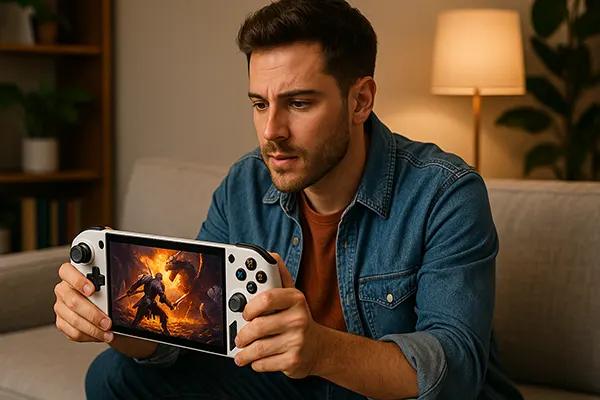
Future Prospects and Market Potential
The ROG Xbox Ally has the potential to reshape the handheld gaming landscape, particularly through its strong ties to Xbox Game Pass and cloud gaming. With Microsoft increasingly focused on expanding its subscription services, the Ally could become the flagship device for portable Game Pass access, creating a new standard for mobile gaming.
Industry experts suggest that if priced competitively, the device could appeal not only to dedicated gamers but also to casual players looking for a portable extension of their home consoles. The combination of performance, portability, and access to a vast game library makes it an attractive option.
Nevertheless, long-term success will depend on sustained developer support and updates. If Microsoft and Asus continue to refine the operating system, improve battery performance, and ensure compatibility with future titles, the ROG Xbox Ally could emerge as a mainstream product rather than a niche gadget.
Will It Become a Mass-Market Device?
Predicting the success of any new gaming hardware is challenging, but the ROG Xbox Ally has several factors in its favour. Its technical specifications and ecosystem integration provide a strong foundation that rivals may struggle to match. The inclusion of Game Pass makes it especially appealing for players who want instant access to hundreds of titles.
However, mass-market adoption requires more than just performance. Marketing, pricing, and availability will play significant roles. If Asus and Microsoft can ensure widespread distribution and competitive pricing, the device has a genuine chance to become a bestseller in its category.
Ultimately, the ROG Xbox Ally represents more than just another handheld console. It reflects a strategic shift in the industry, where portability and ecosystem integration are becoming central to gaming’s future. Whether it dominates the market or not, it will undoubtedly influence how handheld gaming evolves in the coming years.

